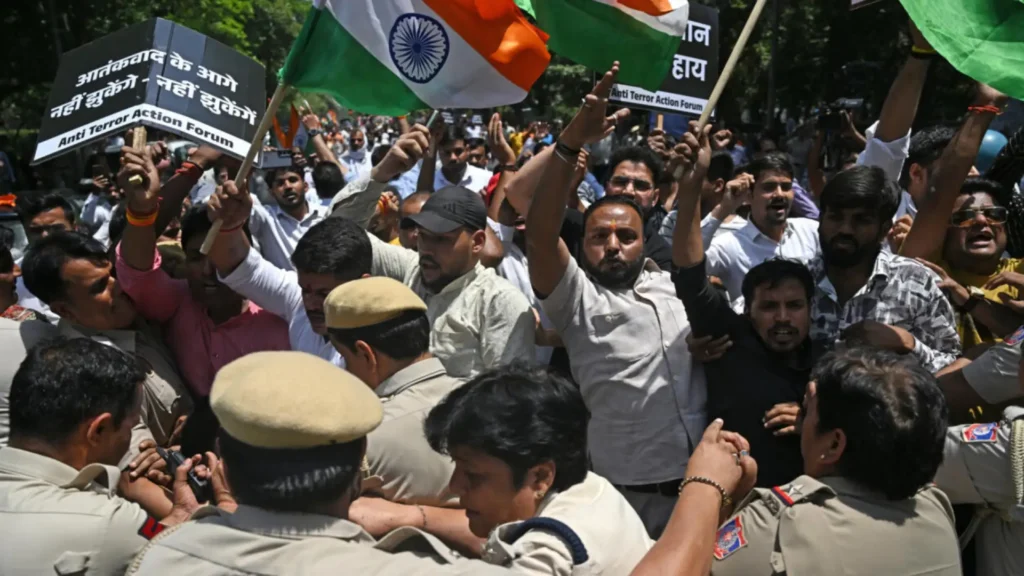Source: Reuters
Why it matters
Tourism is a lifeline for thousands in the Kashmir valley. With the region already fragile due to decades of conflict, a recent deadly attack on tourists has sent the local hospitality industry spiraling into crisis. A war of words between India and Pakistan has added to the uncertainty, pushing the region’s bustling summer tourism into an unexpected lull.
What happened
Last month, a brutal attack left 26 tourists dead in a popular meadow in Indian-administered Kashmir. India quickly pointed fingers at Pakistan, announcing diplomatic and economic measures in response. Pakistan denied involvement and issued countermeasures — warning of a possible Indian military response. As a result, tourists — both domestic and international — began cancelling bookings en masse.
The current situation
On the Indian side, hotels, taxis, and houseboats that were booked out for the summer are now sitting empty. Travel portals show discounts of up to 70%, but footfall has plummeted. In Pakistani-administered Kashmir, popular destinations like Neelum Valley and Pir Chinasi have been shut down or are seeing drastically reduced foot traffic.
In Srinagar, houseboat operator Yaseen Tuman, who also runs a century-old travel agency, said nearly every booking was cancelled. “We had no space a few weeks ago. Now the boats are empty. There’s no point reducing prices — we don’t expect tourists to come,” he said.
What locals say
For those who depend on tourism — from hoteliers to taxi drivers to tuck shop owners — the impact has been immediate and painful.
In Srinagar, taxi driver Tanveer described the transformation: “Earlier, I had no time for extra work. Now I wait the whole day for a single passenger.”
Across the border in Pakistan, Abrar Ahmad Butt, who represents hotel operators in Neelum Valley, confirmed all 370 establishments are now empty. “It’s peak season, and yet we’ve had to shut down. The losses will be huge,” he said.
Despite the fears, some like Islamabad-based tourist Syed Yasir Ali have continued with their plans. Visiting Pir Chinasi with his family, he said, “It’s safe here. The fear is exaggerated. People should come and see for themselves.”
The big picture
After years of declining militancy and a stable ceasefire, tourism in Kashmir had begun to thrive again — with over 3 million visitors to the Indian side and 1.5 million on the Pakistani side last year. The spike was seen as a win for Indian Prime Minister Narendra Modi, particularly after the 2019 revocation of Article 370 that ended Kashmir’s autonomy.
Now, rising political rhetoric and fresh violence threaten to reverse those gains. With livelihoods on the line and regional peace hanging by a thread, the tourism fallout may just be the beginning of a broader crisis.
